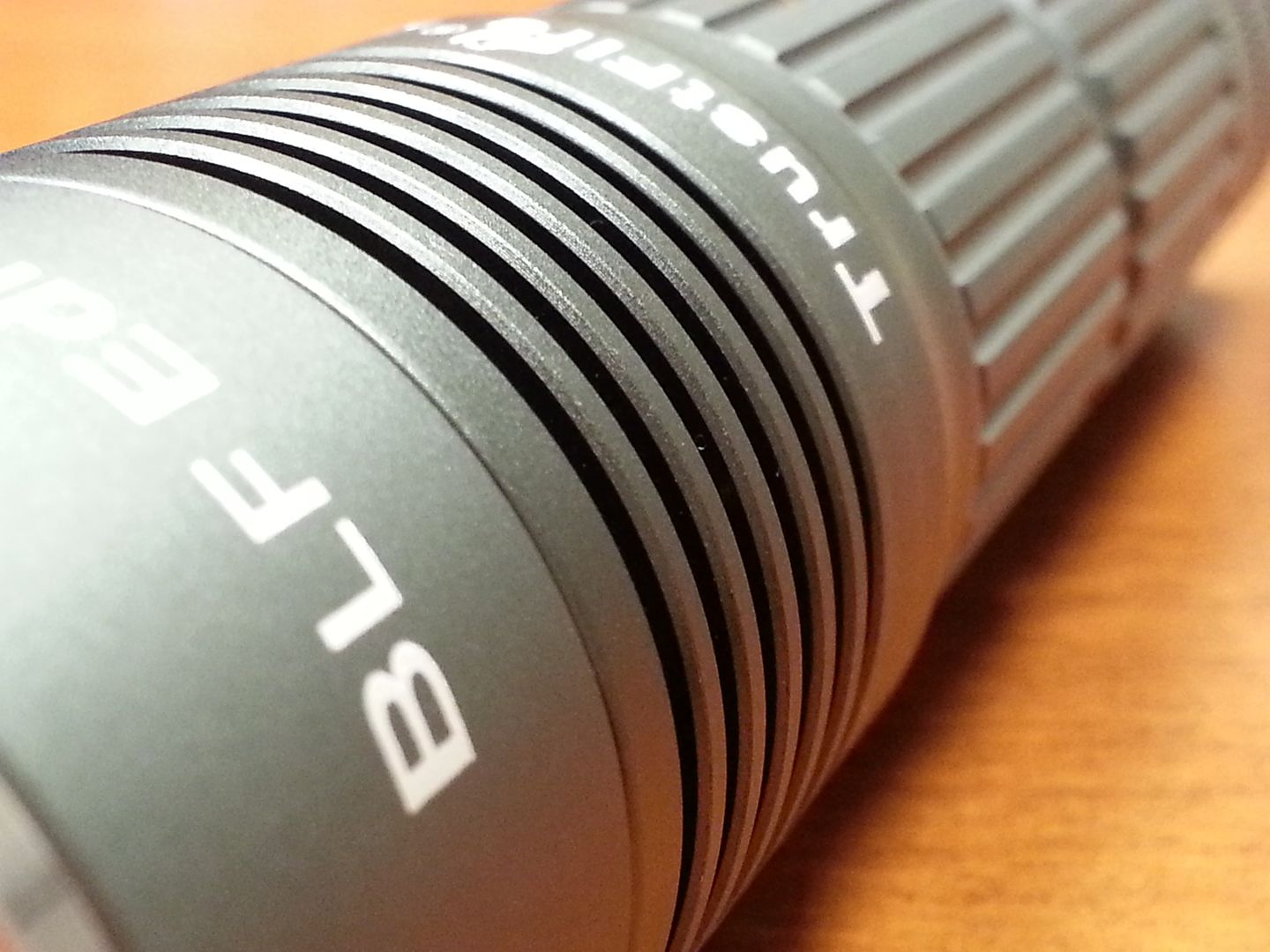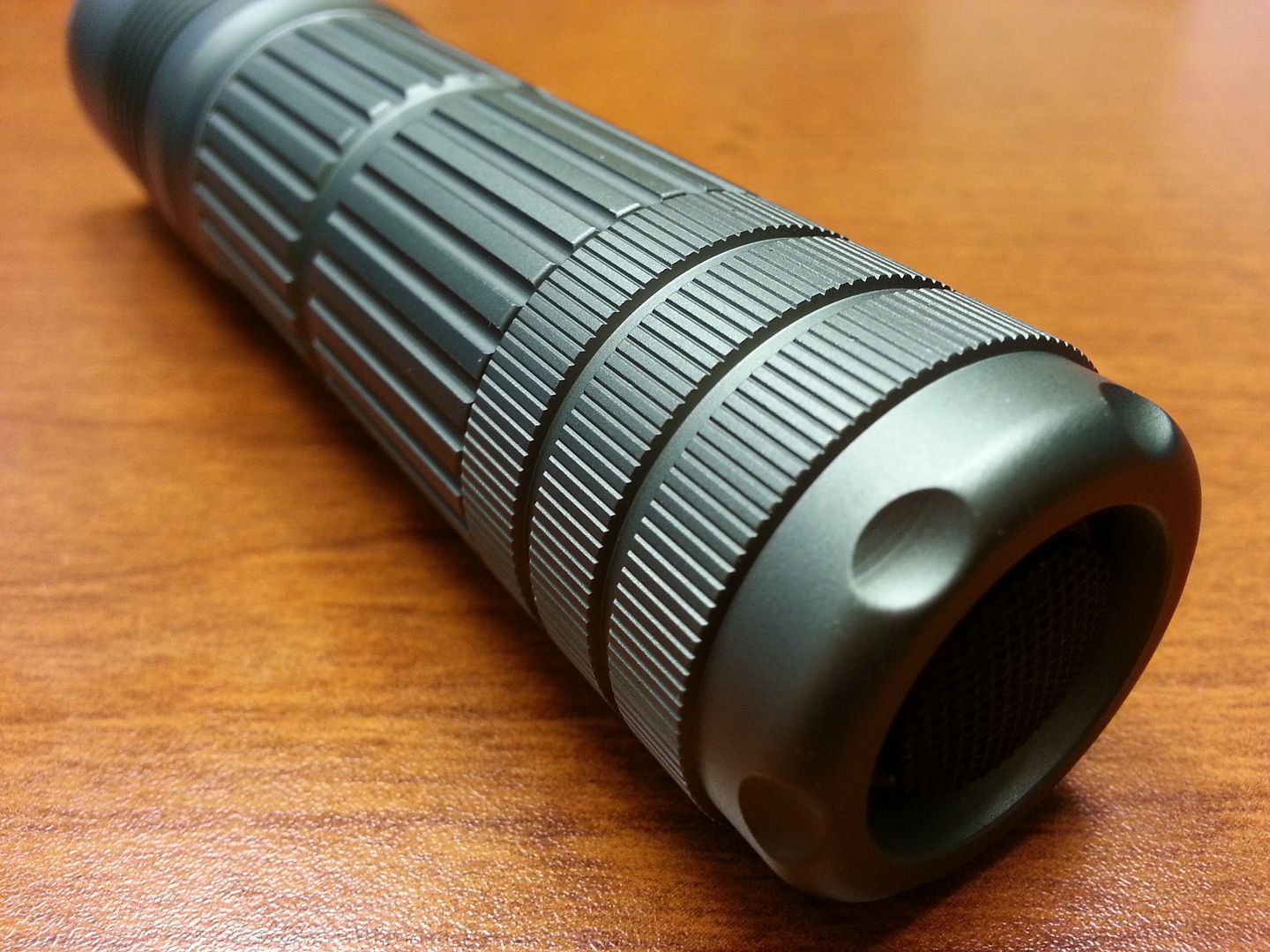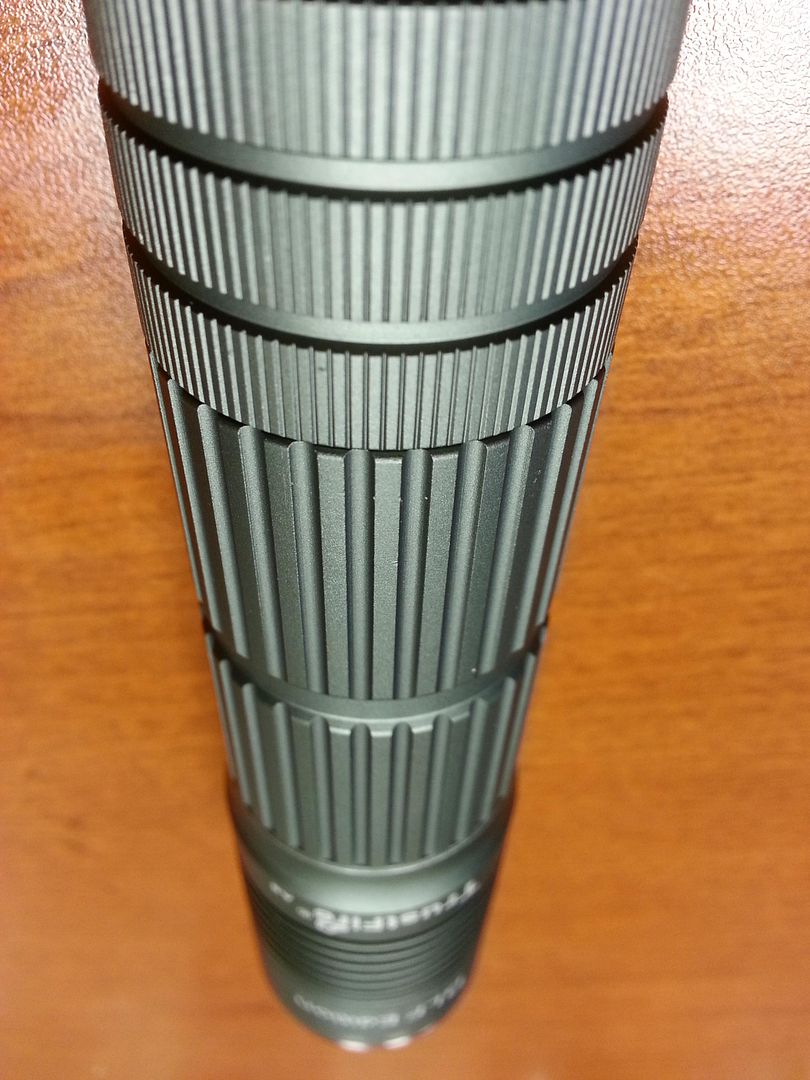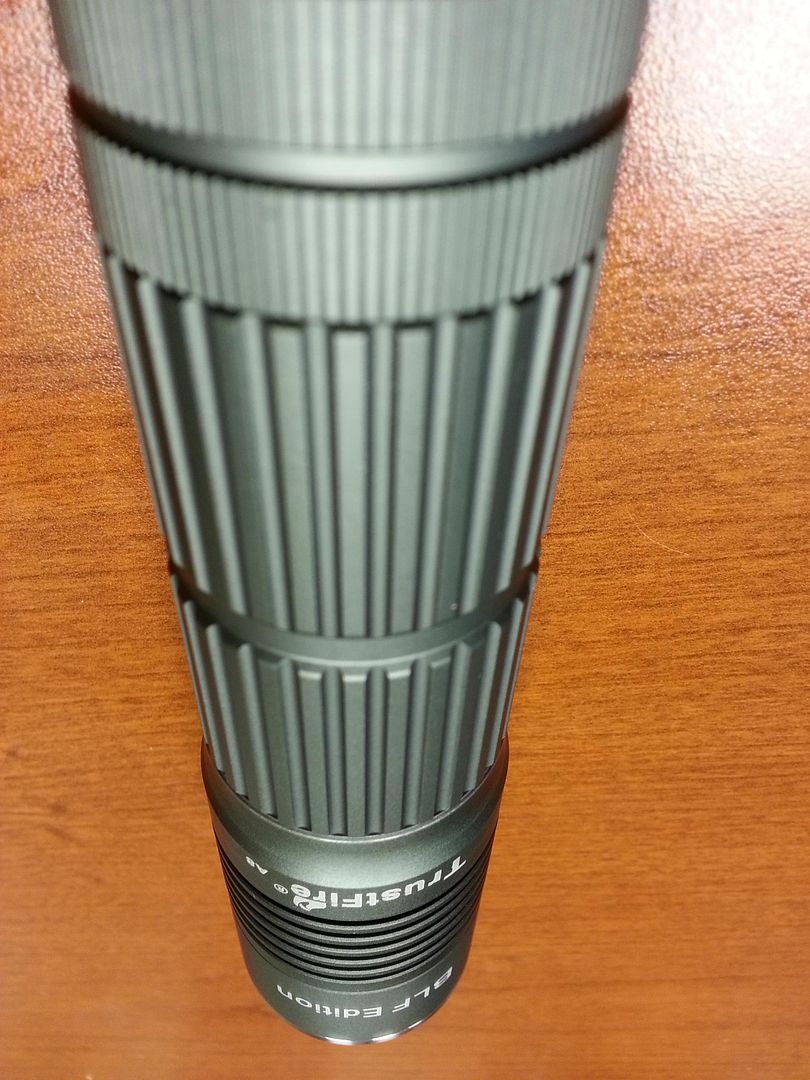Thanks! The bokeh is rather the result of the lens than the camera. Same camera with another lens may not give this result.

xiotis: and a camera with smaller sensor will not give you nice bokeh ![]() but i’m sure you know it
but i’m sure you know it
In case you talk about small compact cameras with the tiny sensors, yes i would agree, it is difficult to achieve a nice bokeh effect. For bokeh…size matters ![]()
But here we are talking about cameras with interchangeable lenses, where the sensors in all models (FF,DX,m4/3), are capable of superb bokeh.
Both my cameras are full frame sensors, the DOF can be TOO shallow sometimes!
The focusing rail will keep the shot in 1:1 macro dimensions throughout the series of shots involved for a stacked image. When using focus to create the series, the object gets smaller and smaller as you travel through it’s desired focal range. Sure, the final result is still an all-in-focus subject, albeit with crop when using focus, but I’ve also found that the proportions of the subject change….the tail of my small 2” HF is actually bigger than he head in the focus stacked series. So the macro rail will keep it in prospective while maintaining a 1:1 ratio.
Like that shot with the new Sanyo LSD cell, gonna have to get me some of those for my strobes.
Wonder why the XM-L2 only has 2 wires instead of the 3 in the XM-L? Puzzling. My newest P60 drop-in was made to run 3A with a 5000K XM-L2 emitter, but I only get .80 at the tail on my DMM, what am I doing wrong? This is on a fresh AW 18650 3400mAh cell. It’s a 2 mode driver M/H pulling .24 on the lower setting. Man I was hoping to get closer to that 3Amps! It was intended to replace the conservative driver in the Solarforce M3 head. ![]()
Was just playing around with my new camera and checking out the macro ability...




Good try ![]()
See if you can set the camera mode to ‘A’, adjust the value to the lower possible number allowed by the camera, zoom to the max. and then frame and shoot the flashlight.
Theoretically, if A (aperture) is given a small number and if you have the camera in full zoom, it is easier to get bokeh (swallow depth of field)
Great thread! I like the pic in post #14, Very clean LED indeed.
Xiotis: Can you please post specs of your best macro lens? I have a D3200 with stock 18-55 f.35 lens and it’s not good enough for macros… even my cellphone does a way better job.
Here are two pics with a cellphone:


I know you can’t compare a phone with a real camera, the phone is just point&shoot, no additional knowledge is needed… but with stock lenses, I don’t like to say it but the phone does a better job when talking about macros.
EDIT: Two more, taken 1min ago… I can’t do this with my DSLR Nikon >_<
(click to enlarge and get ORIGINAL image with exif info)
The larger the aperture (smaller f-stop number) the shallower the DOF.
Most point-and-shoots max out around F4 or F5.6, making it difficult to achieve a decent Bokeh effect.
A wider-angle lens also generally has more DOF, but zooming in completely may also force you to use a smaller effective aperture (larger F-stop number) depending on lens design.
If a too-shallow DOF is an issue, try more illumination on the subject; 'stopping down' will increase your DOF a bit.
I didn’t take the photo but I bought that ring and it’s on my light right now. ![]()

Maybe too shallow DOF
I don’t know what happened there, but I thought it looked cool.
@ ChicagoX…You are spot on! But i try to keep it as simple as possible so everyone may understand. By the way there are compacts today with A as low as 2.0 and 1.8.
Panasonic LX3/LX5 are my favorites. Canon S90/S95/S100 and newer are one of the best compacts around.
@ FX-32… You have the best entry level (and not only…) camera, in my opinion. Excellent choice!!
Certainly the basic kit is good for general photography but still… basic.
For macro photography I would suggest the Nikkor 40mm f/2.8 DX micro.
As you may know, Nikon recently introduced this lens which is really affordable lens and it is a true macro lens (1:1). Most of my photos are shot with this one.
It does not have a vibration reduction (VR) as more expensive macro lenses do, so if you want perfect clarity on a close up shot you need to use a tripod.
Since you asked, i also use a Nikkor 80mm f/3.5mm DX VR micro lens. The vibration reduction feature helps me shoot without tripod various bugs, flowers etc.
The best of the Nikon macro lenses (in terms of crystal quality), is certainly the Nikkor 105mm f/2.8mm micro. However is very heavy, very expensive and mainly for professional use…
There are other good macro lenses of other brands (tamron, sigma) but i would suggest to stick to Nikon lenses since you have Nikon camera.
Macro photography is fascinating. A close up picture of a household item, a fruit, a flower in the garden, a bug, a flashlight… ![]() can be whole lot different than what we are used to see.
can be whole lot different than what we are used to see.
Different perspective, different world…a wonderful, unknown microworld, under our own eyes !!
Here is one that i could not get close enough for a real macro, but you get the idea…
! !
!
Tecmo…i think you are too close, the camera could not focus properly, but you are getting there!!! ![]()
I had it in manual with the 70-200mm lens and cheap macro filters attached.
The thing to remember about a 2.0 or so on a point and shoot camera is that the sensor is so small that you have to multiply to get the appropriate f-stop, just like when comparing range to a 35mm. Those small camera’s with an f/2.0 are actually shooting comparative to an f/9-f/11 of a 35mm. Which is why they have so much trouble creating bokeh. It’s usually more a matter of zoom compression than actual lens bokeh for those. DP Review can provide a lot of reading on this type of issue and help one decide which camera/lens suits their needs best.
macro filters, cheap or expensive, will allow you to come closer to your subject and focus but they will not necessarily increase/improve the bokeh ![]()
@fishinfool Thanks! The bokeh is rather the result of the lens than the camera. Same camera with another lens may not give this result.
I'm not so sure about that because last week I bought a Canon 6D which is my first full-frame digital slr and it seems or looks to me that the bokeh is much better than my Canon 7D. Both using the same lens of course but that's just me. BTW, I am not a pro and I still have so much to learn about photography.
You shoot beautiful photos Xiotis! Are you a professional photographer?




